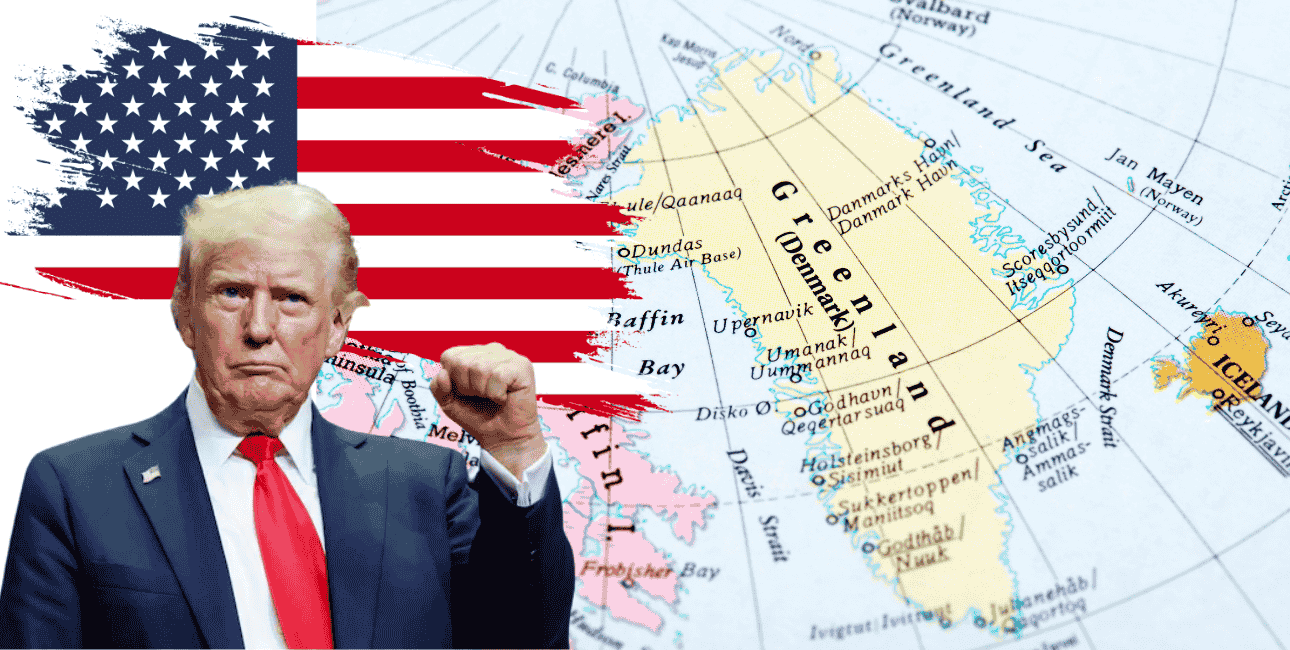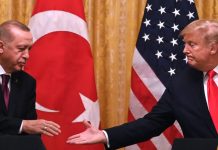On March 11, Greenland will hold elections that could shape its path to independence from Denmark while resisting US influence. Many of the island’s 57,000 residents insist on a purely Greenlandic identity, rejecting both Danish and American control.
US President Donald Trump’s interest in Greenland reignited the independence debate. “Trump has kind of sparked the issue of independence again,” says Maria Ackren, a political scientist at the University of Greenland.
Greenland has enjoyed self-rule since 1979, but Copenhagen still controls its foreign, defense, and monetary policies. The country’s Inatsisartut (parliament) holds just 31 seats, with six parties vying for power.
Current Prime Minister Múte Egede of the left-wing Inuit Ataqatigiit party—who coincidentally turns 38 on election day—faces a growing challenge from pro-independence forces.
The ruling coalition, comprising Inuit Ataqatigiit and Siumut, could fracture over independence. Siumut has promised a post-election referendum, aiming to attract voters and solidify its role in choosing Greenland’s next leader.
Meanwhile, Naleraq, the island’s largest opposition party, is gaining traction. Unlike others, Naleraq remains open to US collaboration, adding another layer of complexity to Greenland’s sovereignty ambitions.
Greenland: The New Battleground Of Global Power
Greenland, the world’s largest island, is no longer just an icy expanse on the map—it is rapidly becoming a geopolitical hotspot.
Greenland is larger than France, Germany, Spain, the UK, Italy, Greece, Switzerland, and Belgium combined. Strategically positioned between Europe and North America, it serves as a gateway to the Arctic, making it a prime target for global powers like the US, China, and Russia.
As climate change melts the Arctic at four times the global average, the region’s vast resources—oil, rare earth minerals, and newly navigable waters—are drawing intense international interest.
Historically overlooked, Greenland is now a high-stakes chessboard in a new Cold War. Whoever controls its resources and trade routes could shape the future of global commerce and energy security.
Caught Between Denmark & The US
Despite three centuries of Danish rule, many Greenlanders seek full independence. A 2008 referendum saw overwhelming support for greater autonomy, but financial dependence on Denmark remains a hurdle—the island receives an annual grant of €554 million (approximately $600) from Copenhagen.
Greenland’s dark colonial history fuels resentment. Denmark has been accused of past human rights abuses, including forced child removals in the 1950s and coerced contraception programs targeting Inuit women in the 1960s and 70s.
The island’s economy relies heavily on fisheries, but its vast untapped resources—oil, minerals, and rare earth elements—make it a strategic prize for global powers.
Now, the US has entered the equation. Since taking office, President Donald Trump repeatedly expressed interest in acquiring Greenland, seeing it as a mineral-rich asset positioned along crucial North Atlantic sea routes.
His aggressive rhetoric, including a remark that he intends to “gain control of the island one way or the other,” sparked political upheaval in Greenland as well as Denmark.
Greenland’s government, however, remains firm. “Greenland (Kalaallit Nunaat) is ours,” declared Prime Minister Egede in response to Trump’s overtures. “We don’t want to be Americans, nor Danes. We are Kalaallit. Our future will be decided by us in Greenland.

US vs. China: The Battle For Greenland
Whoever controls the oceans holds the power, and in the high north, a new ocean is emerging.
Washington’s interest in Greenland is far from new. The US has maintained a military presence in Greenland since World War II, constructing Thule Air Base as a Cold War outpost.
Today, that base—renamed Pituffik Space Base—plays a key role in US space defense. But another challenge has emerged: China.
China, which dominates the global rare earth minerals market, has long sought to expand its Arctic footprint.
As the US seeks to block Chinese influence in the Arctic, Greenland has become a flashpoint in their economic and geopolitical rivalry.
Greenland’s 2008 Self-Government Act allowed it to negotiate foreign investments, paving the way for Beijing’s entry. By 2013, China was increasing cooperation in mineral extraction.
In 2017, China offered to finance Greenland’s airport expansion on the condition that Chinese firms built the infrastructure. But the idea of Greenland—a strategically positioned island close to US territory—falling into financial dependence on China was a nightmare scenario for the US. What if Greenland defaulted on its payments? Would China seize control of the airports? Could they eventually be used for military purposes?
This alarmed Washington, prompting Denmark to step in and fund half the project, effectively shutting Beijing out.
Undeterred, China turned to Greenland’s vast mineral wealth. In 2019, a Chinese company struck a deal to fund a zinc and lead mine in northern Greenland.
But just before the project could begin, the Australian company operating the mine abruptly pulled out. Soon after, the US stepped in with a $650 million check—ensuring China was once again locked out.
Greenland’s government later revoked another Chinese company’s mining licenses, reinforcing Beijing’s struggles to gain a foothold. As former US Secretary of State Mike Pompeo bluntly put it: “China claims to be a near-Arctic state, yet the shortest distance between China and the Arctic is 900 miles.”
Greenland: The New Battleground
As the Arctic thaws, Greenland finds itself at the heart of a global power struggle.
For China, the island offers access to vital minerals and a strategic Arctic presence. For the US, keeping China out of Greenland is a matter of national security. With climate change transforming the region, this battle for Greenland is only beginning.
Greenland’s election isn’t just about local politics—it’s about the future of Arctic sovereignty, resource control, and geopolitical influence. With its independence movement gaining momentum, its resources drawing global attention, and its strategic location becoming more valuable than ever, Greenland is no longer just a frozen outpost—it’s the next great frontier in global power politics.
So, probably for the first time in history, the world is closely watching Greenland’s election as voters shape the island’s future.
- Shubhangi Palve is a defense and aerospace journalist. Before joining the EurAsian Times, she worked for ET Prime. She has over 15 years of extensive experience in the media industry, spanning print, electronic, and online domains.
- Contact the author at shubhapalve (at) gmail.com




